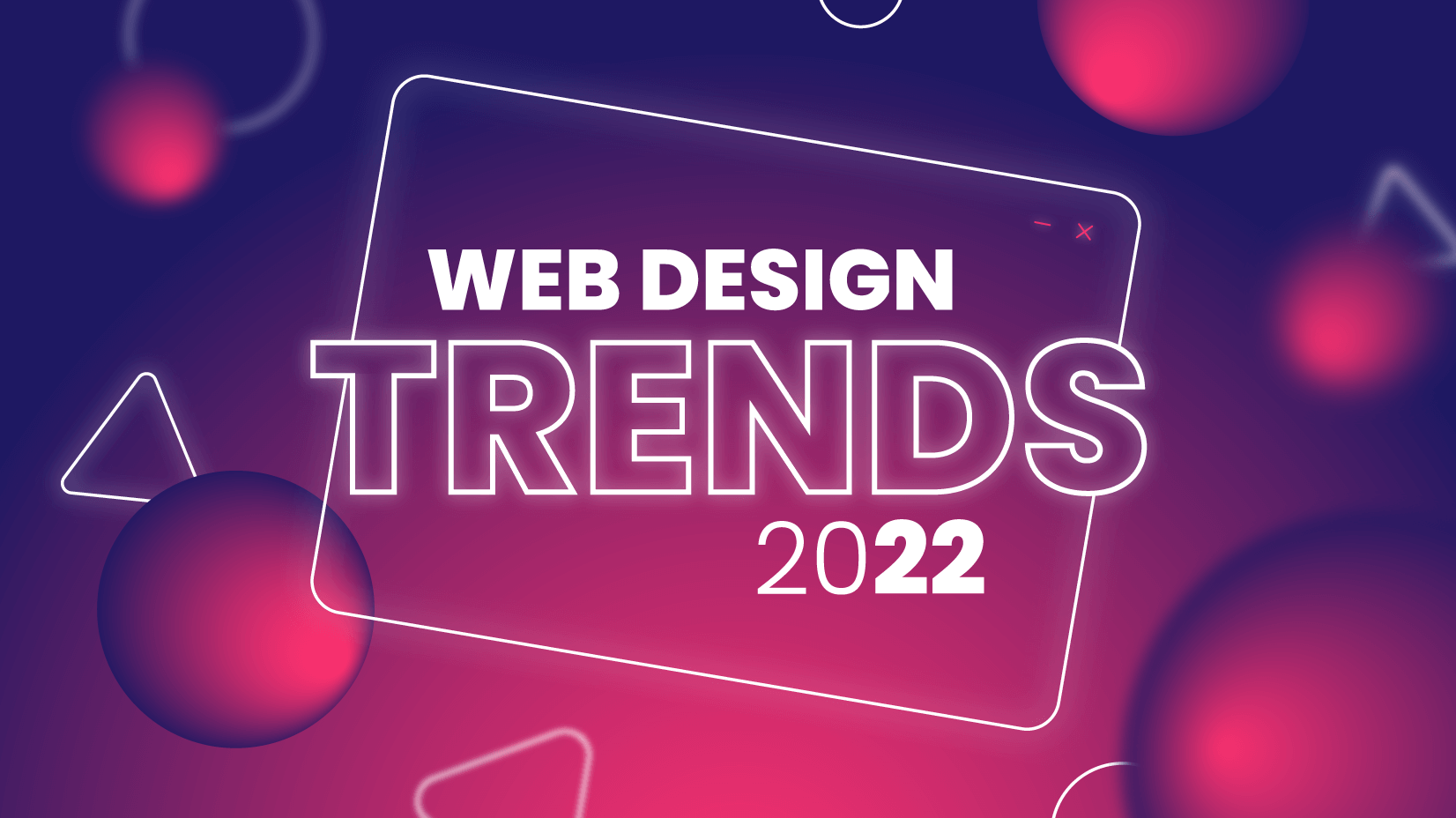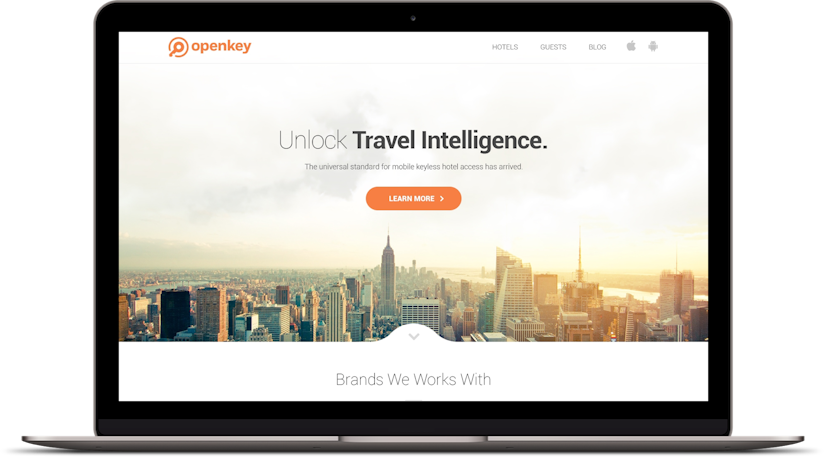All Categories
Featured
Table of Contents
- – The Top 10 Most Important Elements Of A Websit...
- – Web Design Services By Freelance Website Desi...
- – Pueblo Web Design Tips and Tricks:
- – What Does A Web Designer Do? - Careerexplorer...
- – Learning Web Design: A Beginner's Guide To Ht...
- – Web Design Software By Xara Tips and Tricks:
- – Minneapolis Web Design - 100+ Five Star Revi...
- – What Can I Do With A Web Design And Developm...
- – What Can I Do With A Web Design And Developm...
- – Web Design Tools & Software - Webflow Tips a...
- – Custom Website Design And Marketing - Inmoti...
The Top 10 Most Important Elements Of A Website Design Tips and Tricks:
Quick summary Use and the energy, not the visual design, identify the success or failure of a site. Considering that the visitor of the page is the only individual who clicks the mouse and therefore decides everything, user-centric style has actually developed as a standard approach for successful and profit-oriented website design - web design frederick md.
and the energy, not the visual style, identify the success or failure of a site. Because the visitor of the page is the only individual who clicks the mouse and therefore chooses whatever, user-centric style has become a basic approach for successful and profit-oriented web style. After all, if users can't utilize a function, it may too not exist.
g. where the search box need to be put) as it has actually already been performed in a variety of articles; rather we concentrate on the methods which, utilized correctly, can cause more sophisticated style decisions and simplify the process of viewing provided details. Please observe that you may be thinking about the usability-related articles we have actually published before: Principles Of Great Website Style And Efficient Web Design Standards, In order to utilize the concepts appropriately we first need to comprehend how users communicate with sites, how they believe and what are the standard patterns of users' habits.
Web Design Services By Freelance Website Designers - Fiverr Tips and Tricks:
Visitors glimpse at each brand-new page, scan some of the text, and click the first link that captures their interest or vaguely looks like the thing they're looking for. In truth, there are big parts of the page they don't even look at. The majority of users look for something fascinating (or beneficial) and clickable; as quickly as some appealing prospects are found, users click.
If a page offers users with premium material, they want to jeopardize the material with advertisements and the style of the website. This is the reason not-that-well-designed sites with premium content get a great deal of traffic over years. Material is more important than the style which supports it.

Users don't read, they scan. Notice how "hot" areas abrupt in the middle of sentences. This is normal for the scanning procedure. Really basic concept: If a website isn't able to meet users' expectations, then designer failed to get his task done properly and the company loses cash. The higher is the cognitive load and the less user-friendly is the navigation, the more prepared are users to leave the website and search for alternatives.
Pueblo Web Design Tips and Tricks:
Neither do they scan website in a linear style, going sequentially from one site section to another one. Instead users satisfice; they pick the first reasonable option. As soon as they discover a link that looks like it might lead to the objective, there is a really excellent chance that it will be immediately clicked.
It doesn't matter to us if we understand how things work, as long as we can use them. If your audience is going to imitate you're creating signboard, then design terrific billboards." Users want to have the ability to manage their browser and rely on the constant information discussion throughout the website.
If the navigation and website architecture aren't user-friendly, the number of enigma grows and makes it harder for users to comprehend how the system works and how to receive from point A to point B. A clear structure, moderate visual clues and easily recognizable links can assist users to discover their course to their objective.
What Does A Web Designer Do? - Careerexplorer Tips and Tricks:

claims to be "beyond channels, beyond products, beyond distribution". What does it suggest? Considering that users tend to check out websites according to the "F"-pattern, these three declarations would be the first aspects users will see on the page once it is packed. Although the design itself is simple and intuitive, to understand what the page is about the user needs to search for the response.
When you've achieved this, you can communicate why the system is helpful and how users can take advantage of it. Individuals will not utilize your web site if they can't discover their way around it. 2. Do Not Misuse Users' Patience, In every job when you are going to use your visitors some service or tool, try to keep your user requirements minimal.
Novice visitors are ready to, not filling long web types for an account they might never use in the future. Let users explore the site and discover your services without forcing them into sharing personal data. It's not reasonable to require users to get in an e-mail address to check the function.
Learning Web Design: A Beginner's Guide To Html, Css ... Tips and Tricks:
Stikkit is a perfect example for an user-friendly service which requires nearly absolutely nothing from the visitor which is inconspicuous and comforting. Which's what you want your users to feel on your website. Obviously, Mite needs more. The registration can be done in less than 30 seconds as the type has horizontal orientation, the user doesn't even require to scroll the page.
A user registration alone is enough of an impediment to user navigation to cut down on incoming traffic. Manage To Focus Users' Attention, As websites supply both static and vibrant content, some aspects of the user interface draw in attention more than others do.
Focusing users' attention to specific locations of the site with a moderate usage of visual aspects can assist your visitors to get from point A to point B without thinking about how it in fact is supposed to be done. The less concern marks visitors have, the they have and the more trust they can develop towards the company the site represents.
Web Design Software By Xara Tips and Tricks:
4. Pursue Feature Direct exposure, Modern web styles are generally criticized due to their technique of assisting users with aesthetically appealing 1-2-3-done-steps, big buttons with visual results and so on. But from the style viewpoint these elements really aren't a bad thing. On the contrary, such as they lead the visitors through the website material in a really simple and user-friendly method.
The website has 9 main navigation options which are noticeable at the first glimpse. The choice of colors might be too light, though. is a basic principle of successful interface style. It does not really matter how this is attained. What matters is that the content is well-understood and visitors feel comfortable with the way they engage with the system.
com gets straight to the point. No charming words, no overemphasized declarations. Rather a price: simply what visitors are looking for. An optimum option for effective writing is touse brief and concise expressions (come to the point as quickly as possible), use scannable design (categorize the content, utilize several heading levels, use visual components and bulleted lists which break the circulation of consistent text blocks), use plain and unbiased language (a promotion doesn't require to seem like advertisement; offer your users some reasonable and objective reason that they ought to utilize your service or remain on your website)6.
Minneapolis Web Design - 100+ Five Star Reviews - Seo ... Tips and Tricks:
Users are seldom on a site to delight in the style; in addition, in many cases they are searching for the information regardless of the style - web design frederick md. Make every effort for simplicity instead of intricacy. From the visitors' perspective, the very best website style is a pure text, with no ads or more material obstructs matching exactly the question visitors utilized or the content they have actually been searching for.
Finch plainly presents the information about the website and offers visitors an option of options without overcrowding them with unneeded content. Not only does it help to for the visitors, but it makes it possible to perceive the info provided on the screen.
Complex structures are more difficult to read, scan, examine and work with. If you have the choice in between separating two style sectors by a visible line or by some whitespace, it's typically much better to use the whitespace option. (Simon's Law): the better you manage to offer users with a sense of visual hierarchy, the simpler your material will be to perceive.
What Can I Do With A Web Design And Development Degree? Tips and Tricks:
The exact same conventions and rules should be used to all elements.: do the most with the least quantity of hints and visual components. 4 significant indicate be considered: simpleness, clearness, distinctiveness, and focus. Simplicity consists of just the aspects that are essential for interaction. Clarity: all elements must be created so their significance is not uncertain.
Conventions Are Our Friends, Conventional style of website components doesn't result in a dull website. In fact, as they minimize the finding out curve, the need to determine how things work. It would be a functionality nightmare if all sites had various visual presentation of RSS-feeds. That's not that various from our routine life where we tend to get used to basic concepts of how we arrange information (folders) or do shopping (placement of items).
understand what they're anticipating from a website navigation, text structure, search positioning etc. A case in point from functionality sessions is to equate the page in Japanese (presuming your web users don't know Japanese, e. g. with Babelfish) and offer your functionality testers with a job to find something in the page of different language.
What Can I Do With A Web Design And Development Degree? Tips and Tricks:
Test Early, Test Typically, This so-called TETO-principle needs to be used to every web style job as use tests frequently provide into significant problems and concerns related to a given design. Test not too late, not too little and not for the incorrect reasons.
Some important points to bear in mind: according to Steve Krug, and screening one user early in the task is much better than testing 50 near the end. Accoring to Boehm's first law, errors are most regular during requirements and design activities and are the more expensive the later they are removed.
That implies that you design something, test it, repair it and after that check it again. There might be issues which haven't been discovered during the preliminary as users were virtually blocked by other problems. functionality tests. Either you'll be pointed to the problems you have or you'll be indicated the absence of major design defects which remains in both cases a helpful insight for your job.
Web Design Tools & Software - Webflow Tips and Tricks:

This holds for designers as well. After you have actually worked on a website for few weeks, you can't observe it from a fresh perspective anymore. You know how it is built and for that reason you know precisely how it works you have the knowledge independent testers and visitors of your site wouldn't have.
It can be connected to other locations such as graphic design, user experience, and multimedia arts, but is more appropriately seen from a technological perspective. It has ended up being a large part of people's daily lives. It is difficult to think of the Web without animated graphics, different designs of typography, background, videos and music.

Throughout 1991 to 1993 the World Wide Web was born. Text-only pages could be viewed using a basic line-mode browser. In 1993 Marc Andreessen and Eric Bina, developed the Mosaic browser. At the time there were numerous internet browsers, nevertheless the bulk of them were Unix-based and naturally text heavy. There had actually been no integrated method to graphic style aspects such as images or noises.
Custom Website Design And Marketing - Inmotion Hosting Tips and Tricks:
The W3C was developed in October 1994 to "lead the Web to its complete potential by establishing common procedures that promote its advancement and guarantee its interoperability." This discouraged any one business from monopolizing a propriety internet browser and programs language, which might have modified the result of the World Wide Web as a whole.
As this has actually taken place the innovation of the web has likewise carried on. There have also been significant changes in the method individuals use and access the web, and this has actually altered how sites are created. Because the end of the browsers wars [] new web browsers have actually been released. Much of these are open source implying that they tend to have much faster development and are more helpful of new requirements.
Learn more about Lovell Media Group LLC or TrainACETable of Contents
- – The Top 10 Most Important Elements Of A Websit...
- – Web Design Services By Freelance Website Desi...
- – Pueblo Web Design Tips and Tricks:
- – What Does A Web Designer Do? - Careerexplorer...
- – Learning Web Design: A Beginner's Guide To Ht...
- – Web Design Software By Xara Tips and Tricks:
- – Minneapolis Web Design - 100+ Five Star Revi...
- – What Can I Do With A Web Design And Developm...
- – What Can I Do With A Web Design And Developm...
- – Web Design Tools & Software - Webflow Tips a...
- – Custom Website Design And Marketing - Inmoti...
Latest Posts
Figma: The Collaborative Interface Design Tool. Tips and Tricks:
Web Design - The First 100 Years - Idle Words Tips and Tricks:
Web Design Certificate - Web Development Certificate Program Tips and Tricks:
More
Latest Posts
Figma: The Collaborative Interface Design Tool. Tips and Tricks:
Web Design - The First 100 Years - Idle Words Tips and Tricks:
Web Design Certificate - Web Development Certificate Program Tips and Tricks: